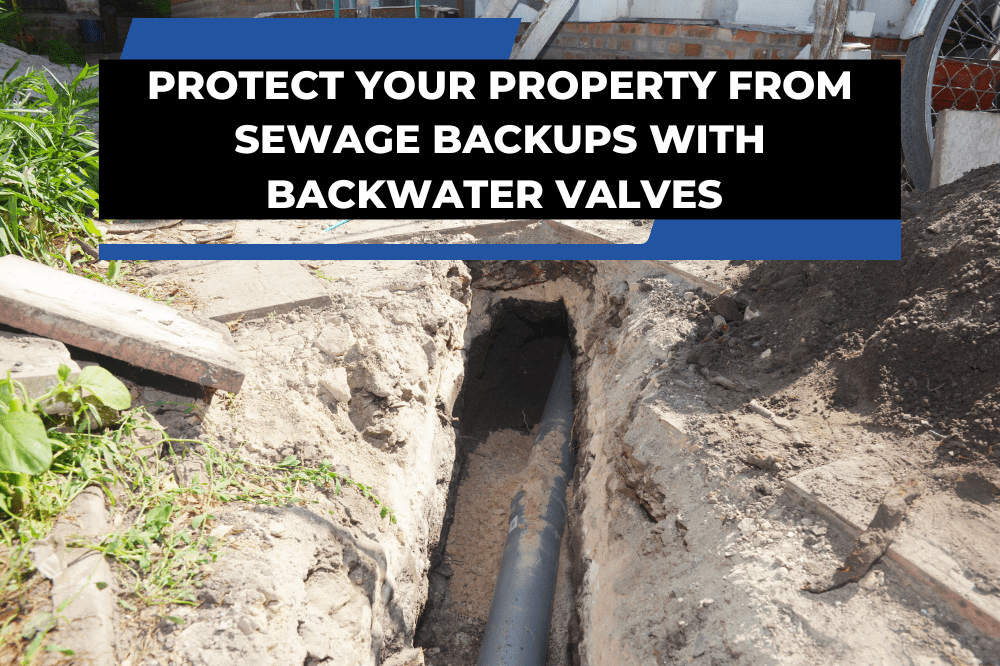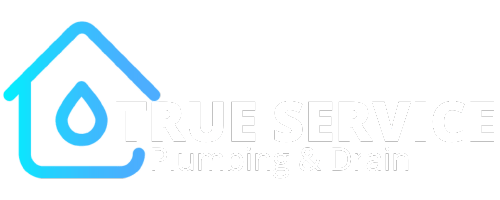What is a backwater valve? It’s not just a mundane part of your plumbing system, but a critical component that can save your property from disastrous sewer backups.
This article will dive deep into the world of backwater valves, their importance, function, maintenance, and more.
Defining the Backwater Valve
A backwater valve is a specially designed one-way valve that’s part of your home’s plumbing system.
It is installed in the sewer line and plays a critical role in preventing the reverse flow of sewage into your home from the main sewer line or septic tank.
The valve permits wastewater to exit your property while blocking any unwanted backflow.
When is a Backwater Valve Needed?
A backwater valve is indispensable in a few key scenarios:
- High risk of sewer backup: In areas prone to heavy rainfall or flooding, backwater valves serve as a reliable line of defense. They are the unsung heroes of your plumbing system, quietly doing their job and providing an essential layer of protection for your home.
- Low-lying plumbing fixtures: Backwater valves are vital in properties where the plumbing fixtures are located below the next upstream manhole. These valves prevent any backflow from the municipal sewer system, effectively protecting your property.
- Local building codes: Many regions have building codes that mandate the installation of backwater valves to safeguard properties from potential sewer backups.
Location, Location, Location
Backwater valves are typically installed in the main sewer line. The main sewer line is what connects your building to the municipal sewer system or septic tank. They’re often located in the basement or the lowest point of your property. Often right next to where the sewer line exits the building.
Some homes feature backwater valves installed outside, near the point where the home’s sewer line connects with the city’s sewer system.
If installed indoors, they’re usually placed in a pit and covered with a lid at floor level. This enables easy access for maintenance and inspection.
How Does It Work?
What is a backwater valve doing exactly? The workings of a backwater valve are quite simple but ingenious.
The valve has a small flap or gate that swings open to allow wastewater to exit the property. Additionally, it will swing shut when water attempts to flow in the opposite direction.
This automatic operation is driven by the water flow direction, and it does not require any human intervention.
Outgoing water pressure pushes the flap open, allowing wastewater to exit. Conversely, incoming backflow pushes the flap closed, effectively protecting your property from sewer backups.
Setting Up Your Property’s Defense Against Sewer Backups
Installation is the first step, but regular care and maintenance of your backwater valve are just as essential. After all, a backwater valve can only protect your property if it’s in good working condition.
The installation of a backwater valve is a job best left to professionals. It involves cutting into the main sewer line, removing a section of the pipe, and replacing it with the valve.
The process requires a sound understanding of your home’s plumbing system, local building codes, and safety measures.
At True Service Plumbing, we have a team of licensed professionals who can handle the installation process smoothly and efficiently, ensuring your property is well-protected from potential sewer backups.
Regular Maintenance is Key
Regular inspection and maintenance are crucial to the optimal functioning of your backwater valve.
Debris that might obstruct the flap and worn or damaged seals that could allow water to leak past should be removed and repaired, respectively.
Remember, a poorly maintained backwater valve may fail to protect your property during a sewer backup, leading to potential disaster.
Limitations of a Backwater Valve and Additional Flood Prevention Measures
While a backwater valve is vital for preventing sewer backflow, it’s not a cure-all for every type of flooding.
For instance, it cannot prevent flooding from heavy rain entering the building through windows or doors. Understanding this limitation is important to ensure you are fully prepared for potential flooding scenarios and can take additional preventive measures as needed.
Comprehensive flood prevention involves more than just backwater valves. Here are a few other measures you can deploy:
- Sump Pumps: A sump pump, installed in a basement or crawl space, can help remove water that has entered your home. It pumps the water away from your home to a place where it won’t cause problems, like a municipal storm drain or a dry well.
- Foundation Waterproofing: This involves applying a sealant and drainage board to the walls of your basement to prevent water from entering.
- Gutter System Maintenance: Keeping gutters clean and extending downspouts away from your home can prevent water from accumulating around your foundation.
- Landscaping: Strategic landscaping can help direct water away from your home. This might include grading the land around your house to slope away from the foundation or installing a French drain.
Backwater valves form a critical part of a comprehensive flood prevention strategy. They protect your home from sewer backflows, one of the most common causes of indoor flooding.
Thus, incorporating a backwater valve into your home’s plumbing system is a proactive step towards safeguarding your property.
Conclusion
To sum up, understanding the function of the backwater valve is vital for property owners. These devices play a crucial role in preventing sewer backups and keeping your property safe.
Regular inspection and proper maintenance of these valves are also key to ensuring their optimal functioning.
Backwater Valve Services with True Service Plumbing
Keep your property safe from sewer backups with our comprehensive backwater valve services. At True Service Plumbing, our team of licensed professionals is here to assist with everything from installation to maintenance and repairs.
Is your backwater valve not functioning as it should? We’ll diagnose the issue, provide a solution, and get your system running smoothly again.
Upgrade your home’s plumbing system by adding a backwater valve, and protect your property from potential sewer backups. True Service Plumbing offers top-quality backwater valves and expert installation services.
Don’t let a faulty backwater valve put your property at risk. Contact True Service Plumbing today and enjoy the benefits of a professionally installed and maintained backwater valve in your home or business.


